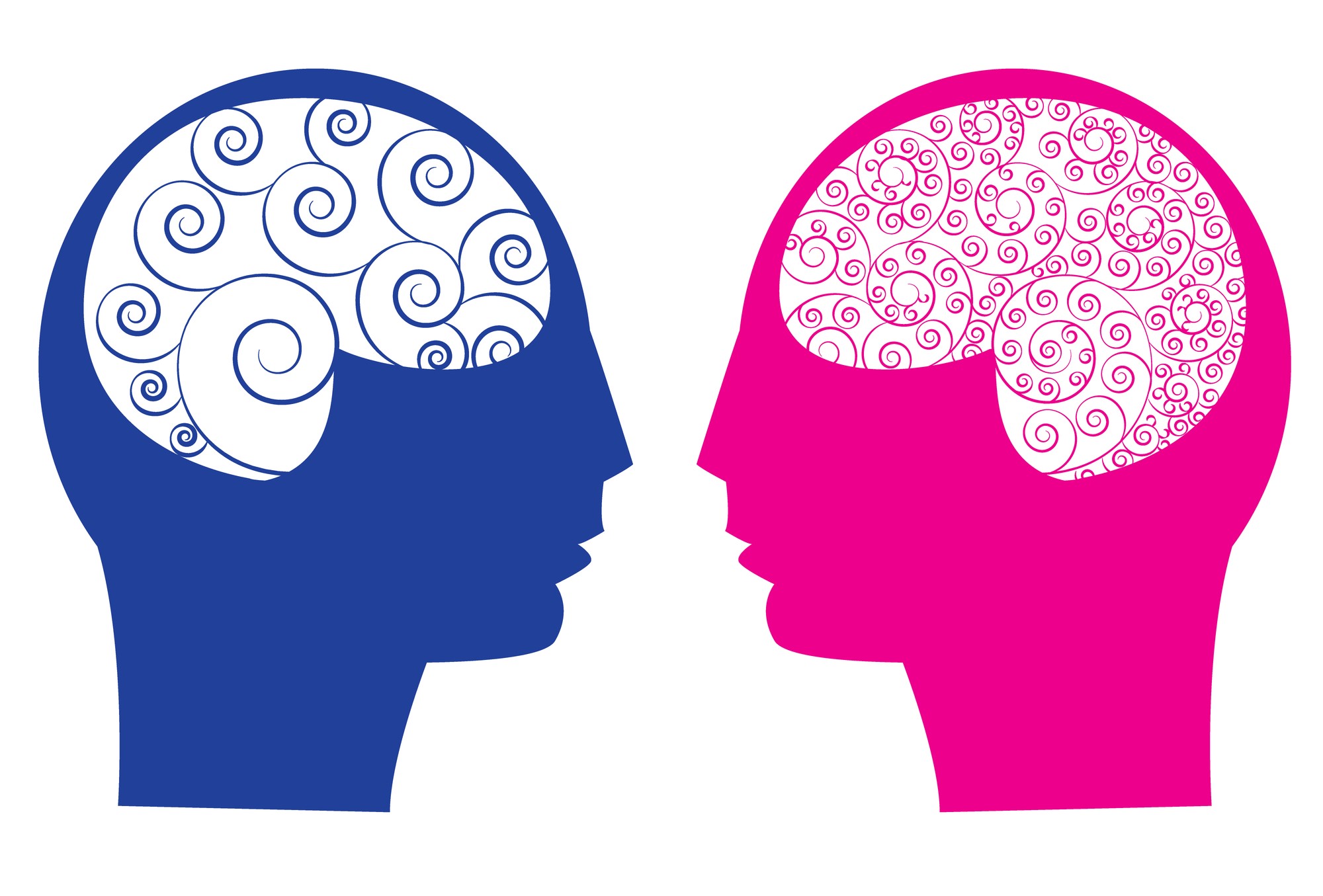The differences between male and female brains have been a subject of scientific inquiry for many years, and these differences have significant implications for learning skills. Understanding these distinctions is essential, particularly in the context of educational advocacy and development. Here, we delve into the three biological disparities that influence how boys and girls learn.
Language Skills
One of the most notable differences lies in language abilities. Research indicates that approximately 80% of females exhibit superior language skills, both written and verbal, compared to their male counterparts. This superiority is evident in various language-related tasks, from reading and writing to verbal communication. The biological underpinnings of this advantage are linked to differences in brain structure and function, with females typically having a more developed language processing region.
Spatial Skills
Conversely, males tend to excel in spatial skills. About 80% of males outperform females in tasks that require spatial reasoning, such as visualizing objects in space, understanding maps, and solving puzzles. This advantage is attributed to higher testosterone levels, which influence brain development. Doreen Kimura’s pioneering work demonstrated this link, and further studies by medical experts like Peg Nopoulos at the University of Iowa have identified structural differences in the parietal lobe of the male brain that support this superiority.
Cross-Over
Despite these general trends, it is crucial to understand the work by Michael Gurian which acknowledged the 20% cross-over where individuals exhibit skills typically associated with the opposite sex. This variability highlights the diversity within each gender and underscores that while trends exist, individual capabilities can vary widely.
These three differences are well-recognized within the scientific community. The National Institutes of Health (NIH) mandates the inclusion of sex differences in the studies it funds, reflecting a broader acknowledgment of these disparities. Such recognition ensures that research accounts for gender-specific variations, leading to more accurate and applicable findings.
Understanding these biological differences is critical for educational advocacy, particularly for boys. Spatial skills are fundamental to STEM (Science, Technology, Engineering, and Mathematics) fields. Recognizing and nurturing these abilities in boys can help tailor educational strategies to better suit their strengths. Despite substantial scientific evidence, some faculty members and educational institutions remain hesitant to acknowledge these differences, which can hinder the development of effective educational practices.
The differences between male and female brains, particularly in language and spatial skills, are well-documented and significant. Recognizing and accommodating these differences in educational settings can enhance learning outcomes and better support the natural strengths of both boys and girls.
William A. Draves is the President of Learning Resources Network (LERN). LERN is the leading association in lifelong learning programming in the world, serving over 1,000 organizations every year.
The views and opinions expressed in this writing are solely those of the author and do not necessarily reflect the beliefs or positions of The Boys Initiative.

